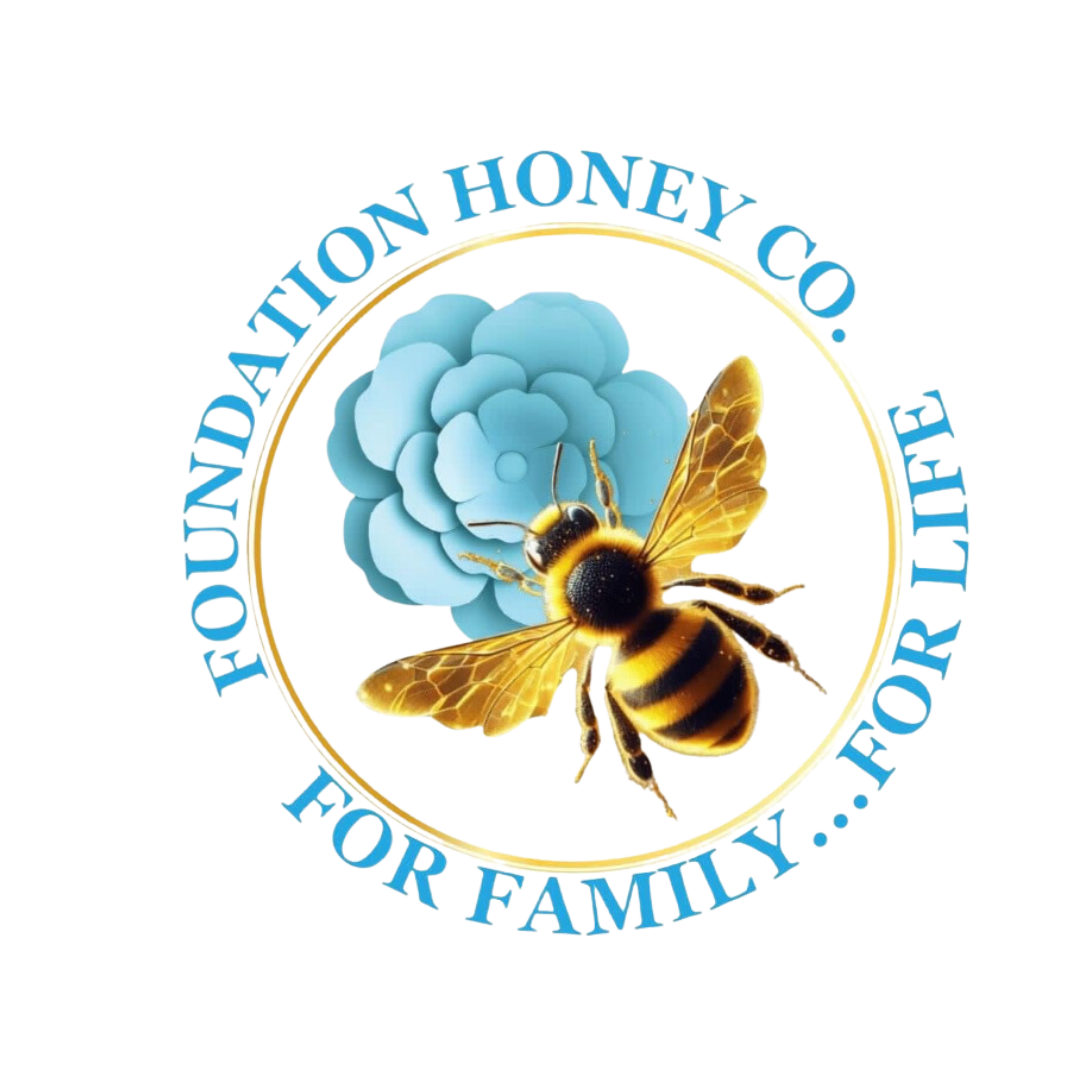
Inside the Buzz: A Closer Look at the Anatomy of a Bee

Posted on March 31, 2025
We see bees buzzing from flower to flower, hard at work—but have you ever stopped to think about how they do it all? These tiny creatures may be small, but their bodies are packed with fascinating features that help them power pollination, defend their hives, and support entire ecosystems.
Let’s take a behind-the-scenes look at the anatomy of a bee—and trust us, it’s more than just wings and a stinger.
Meet the Bee: A Natural Work of Art
Bees are built with purpose. Every part of their body is designed for efficiency and survival. Their anatomy is divided into three key sections: the head, thorax, and abdomen.
1. The Head: Where Senses and Strategy Begin
Right up front, the bee’s head is the command center. It’s where they gather information, find food, and communicate with the world.
- Antennae – These are more than just feelers. Antennae help bees sniff out nectar, sense danger, and even detect temperature changes.
- Compound Eyes – Made up of thousands of tiny lenses, these eyes give bees a wide, multi-directional view. Perfect for spotting flowers or predators.
- Tongue (Proboscis) – Long, flexible, and straw-like, the tongue lets bees slurp up sweet nectar from deep inside flowers.
2.The Thorax: Engine Room of the Bee
This is where the magic of movement happens. The thorax is loaded with powerful muscles that control the wings and legs.
- Wings – Bees have two pairs that beat incredibly fast—up to 230 times per second! This lets them zip from blossom to blossom with precision.
- Legs – Six in total, each with its own job:
- Forelegs clean the antennae
- Middle legs provide support
- Hind legs? They’re equipped with pollen baskets that carry food back to the hive
3.The Abdomen: Heart, Sting, and More
The abdomen holds the internal organs, including those for digestion, reproduction, and defense.
- Sting – The bee’s last-resort defense. Worker bees use their sting to protect the hive, and while it’s fatal for them, it’s a powerful way to fend off threats.
- Vital Organs – The abdomen also contains the digestive system and other crucial internal parts that keep the bee alive and thriving.
Why Bee Anatomy Matters
Every piece of a bee’s body is a tiny tool that helps them pollinate crops, make honey, and keep ecosystems in balance. Without bees, we wouldn’t have many of the fruits, vegetables, and flowers we love.
So the next time you see a bee, remember—it’s not just buzzing around aimlessly. It’s working with intention, using its incredible anatomy to keep the natural world humming.
Let’s Keep the Buzz Going
If you’re as fascinated by bees as we are, there’s so much more to discover. From their role in the environment to how you can help protect them, we’ve got tons of info waiting for you.
Head over to Foundation Honey Co. and dive deeper into the amazing world of bees.
Because when you understand them—you’ll never look at a flower (or a bee) the same way again.
Contact Me
Office location
1639 Bradley Dr 370500, Columbus, Georgia, 31904Send us an email
[email protected]
